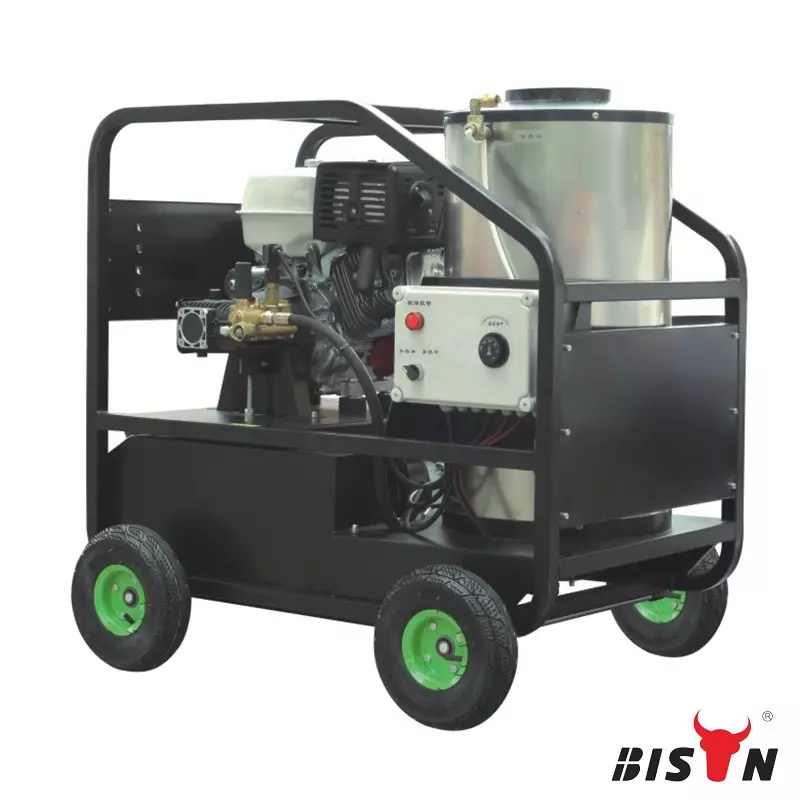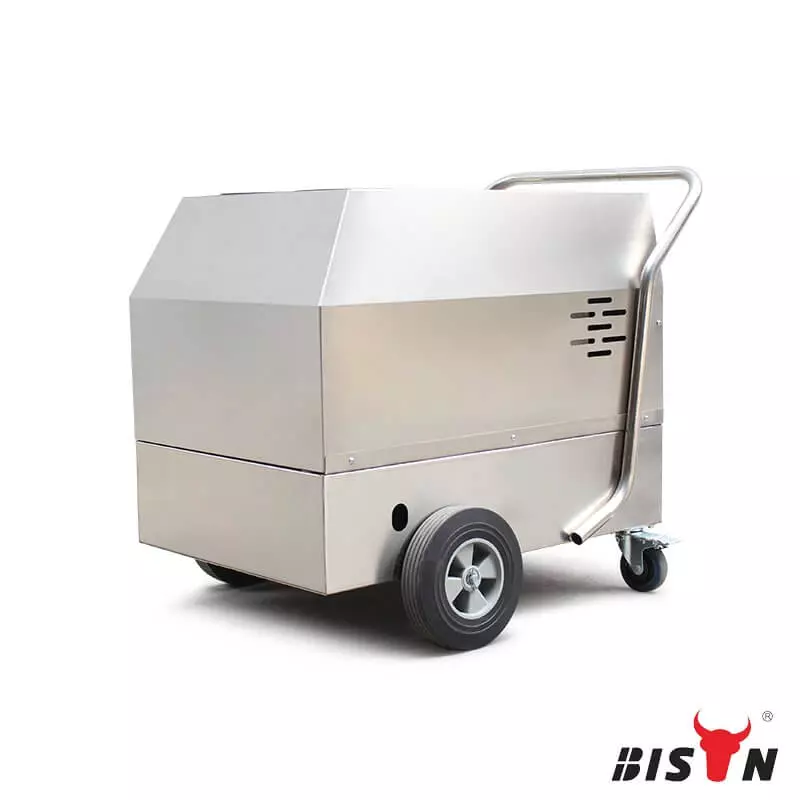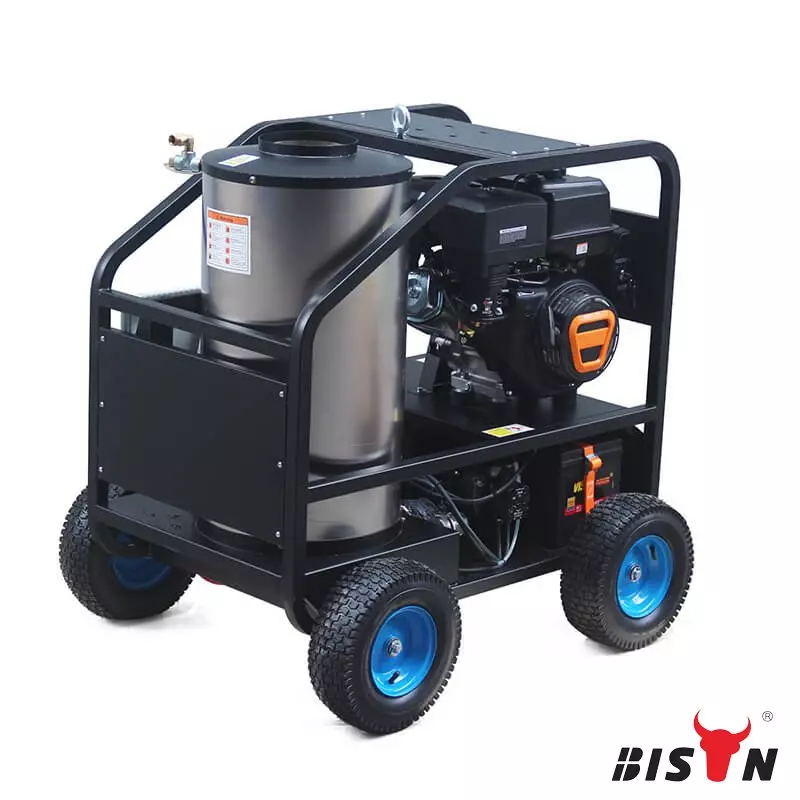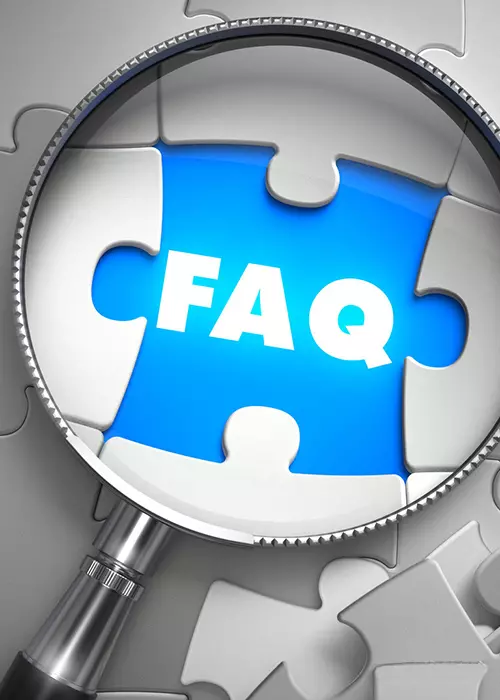When cold water cannot be thoroughly cleaned at all, you should consider upgrading to the best hot water pressure washer that can meet the demands of greater cleaning power. It’s no secret that hot water has a miraculous effect on cleaning. Wholesale hot water pressure washer is a considerable investment, so you should ensure that you have imported the correct model for your business.
Why use a heated pressure washer?
After years of cleaning with ordinary garden hoses, cleaning with a high-pressure washer is highly efficient. When you want to clean stubborn oil stains on the floor, you may soon realize that a cold water pressure washer cannot remove it at all—no matter how high the pressure is.
In this case, there is only one way to choose, and that is to use a hot water pressure washer.
So, who needs the heated pressure washer? The answer is any business that regularly cleans car parts, garage floors, and food processing.

How to wholesale the best hot water high-pressure cleaner
Before we dive into the details that should be considered when buying a hot water high-pressure cleaner, please note that these are all designed for commercial use.
These power cleaners are expensive, extremely powerful and very hot-so they are not suitable for power washing around the house.
These high-pressure cleaners are mainly aimed at those who get paid through power washing. Hot water high-pressure cleaner allows you to complete the work faster. Just know that you need some health and safety training to use it.
high-pressure cleaner types
You will find gasoline and electric hot water high-pressure cleaners. Electric ones are more environmentally friendly and do not require gasoline. But gasoline high-pressure cleaner is more powerful, so if you need high PSI, you may want to consider using gasoline high-pressure cleaner.
Heating system
The burners of most hot water pressure washers use diesel, natural gas, or propane as fuel. Some models (such as gasoline pressure washers) will have two fuel tanks-one for the engine and the other for the burner.
Through this heating device, the water will be heated to close to the boiling point in a short time, and the water temperature is between 60 degrees Celsius and 100 degrees Celsius during operation. You can control the pressure washer to output at a constant temperature, or you can use cold water directly.
Frame
The frame of the hot water washing machine is made of strong metal and has wheels. So you also need to pay attention to the type of wheels and how many groups there are. The large wheels and steering wheels have excellent maneuverability.
Water pressure output
Water pressure is a point that all types of high pressure washers need to pay attention to, it represents the strength of the washing machine. The two main units of measurement you should be aware of are PSI and GPM.
PSI stands for "pounds per square inch". 1100 PSI pressure is sufficient for regular maintenance of a car, garage door or vinyl siding. 7000 PSI water pressure is enough to strip paint and rust. GPM stands for "gallons per minute". GPM stands for the amount of water flowing out of the pressure washer per minute. The higher the GPM number, the higher the power of the washing machine. To get a better measure of a washing machine's cleaning power, multiply these two numbers together as a simple comparison - CP. If a machine has 4000 PSI and 4 GPM, then the CP is 16,000..
Hose
High-pressure washer hoses are not as long as possible. A longer hose means a decrease in output pressure. For hot water high-pressure cleaners, you can choose hoses reinforced with steel braids. Although the hose will get hot, it is unlikely to burst when it is reinforced with steel.
There are different types of spray rods, and they are usually made of strong stainless steel metal. However, one thing you should remember is that you need to hold the wand in your hand. Choose models with plastic guns or other materials that will not overheat during operation.
Nozzle
The nozzle is used to control the shape of the water flow, change the pressure of the water flow, and so on. Most high-pressure washer nozzles are made with a quick-connect system, and they can be safely stored when not in use. There are five different nozzle heads to choose from, and they are usually color-coded in a standard way.
Heating system
Consider how power tools heat water. This is usually a burner or heating coil. Burners provide heat, which is common in gasoline high-pressure cleaners. It can increase the temperature of the incoming water to 250°F. Some can even provide steam cleaning. The heating coil works slightly differently. They are made of pipes and are visible on your equipment. They can also heat water, but their power may not always be the same as a burner.
Boiler
The boiler is the largest and heaviest part of the hot water high-pressure cleaner. The cylindrical water tank is made of sturdy stainless steel metal. Inside, the water is heated by winding coils and burners.
You can choose between vertical and horizontal boilers. The fact is that there is not much difference between the two in terms of performance, so you should mainly consider the space where you plan to store the high-pressure cleaner. If you have enough vertical space, you should choose a boiler with a vertical setting. On the other hand, if you need to store the electric hot water pressure cleaner under a shelf, in a cabinet or in the lower corner under a sloping roof, choose the horizontal model.
Coil
The burner heats the coil through which the water passes, and in the process heats it up. If you are savvy, you can learn more details and choose the type of coil winding that you think best suits your needs. In most commercially available models, the manufacturer uses a standard 80 coil, usually made of stainless steel. Although 80 is the most common pipe size, depending on the required output pressure, you can also find 40 and 160 pipe sizes on the market. The inner diameter is usually 3/8, 1/2, or 3/4 inch. Of course, obtaining a coil with a thicker wall will extend its service life, although the coil is usually well protected in the boiler.
Burner fuel tank
As we have already mentioned, the burner heats the coil, thereby heating the water, but it also needs something to ignite the burner. This work is carried out on a fuel tank that is usually located outside the boiler. Some fuel tanks allow you to use alternative fuels in them, and some heat high-pressure cleaners also come with two fuel tanks, so you can use the type of fuel on hand.
In most hot water high-pressure cleaners, the burner fuel tank size ranges from 4 to 10 gallons. Of course, the larger the fuel tank, the less frequently you need to fill it. However, the large fuel tank filled with fuel also makes the electric pressure cleaner quite heavy.
Safety
Because these are powerful machines, it is best to choose machines with some good safety features. This may include triggering a shut-off switch on the gun, using a low-pressure safety valve, a safety lock to prevent accidental use, and so on.
Extra features
What are the additional features of the high-pressure cleaner? These may be wands, spray guns, hoses, nozzles and other accessories. These functions can help you better control the high-pressure cleaner.
Still not sure which high-pressure cleaner to choose? Let us help!
Your local BISON distributor is a well-trained expert who can help you determine which type is best for your dirty work. Once they know what you want to clean and where you will clean, your dealer can provide many BISON models for you to choose from, and even provide a comprehensive product comparison.
Hot water high-pressure cleaner advantages
When cleaning certain applications, hot water is superior to cold water in some ways, just like when washing dishes at home.
In cooperation with the Institute of Clean Technology, we conducted a test comparing cold and hot water high-pressure cleaning, and found that in all applications, hot water reduced the cleaning time by an average of 40%. In some cases, such as those involving grease, fat and oil, hot water cleaning is four times more efficient than cold water cleaning. This means that the cleaning time is reduced by 75%.
Faster results and shorter drying time
Hot water can quickly loosen and dissolve dirt, solidified oils and fats, thereby saving workers time and energy. In addition to being cost-effective and economical, surfaces cleaned with hot water dry faster, so they can be used faster. For example, if you are disinfecting a shopping cart, hot water can put them back on the floor faster. If you are cleaning floors, you can reuse them sooner without the risk of slipping, tripping, or falling.
Surface protection
By using a lower working pressure for cleaning, the same cleaning effect can be achieved and sensitive surfaces can be protected.
Hygiene — reduce the number of bacteria and viruses
The effect of reducing bacteria without detergents-cleaning with hot water can significantly reduce the presence of bacteria without the need for disinfectants. This helps protect the environment, as well as save money and resources.
Heat is a key factor in fighting bacteria. A study by the Agricultural Office of Thuringia found that washing with cold water has no effect on bacterial levels, increasing the temperature to 60?C reduces bacterial colonies by 90%. At 80°C, the bacterial colonies were reduced by 97%, and at 155°C, they were completely eliminated.
Hot water can also help fight viruses. For example, the virus that COVID-19 can be inactivated by exposing it to a temperature of 56°C or above for 30 minutes.
Sustainability-reduce resource consumption
Finally, hot water cleaning mainly reduces your resource consumption in three ways.
Water - Because hot water reduces cleaning time, less water is needed. for every 1,000 liters of water required for cold water cleaning, at least 400 liters of water can be saved for hot water cleaning.
Energy - Shorter cleaning time also reduces energy consumption.
Chemicals - In some cases, hot water can reduce or eliminate the need for cleaning agents because the heat is sufficient to remove dirt. If you are disinfecting, you still need to use an appropriate disinfectant in this step, but overall it will reduce the amount of chemicals needed.
Using hot water can improve the cleaning effect, which is a very effective way to increase efficiency.
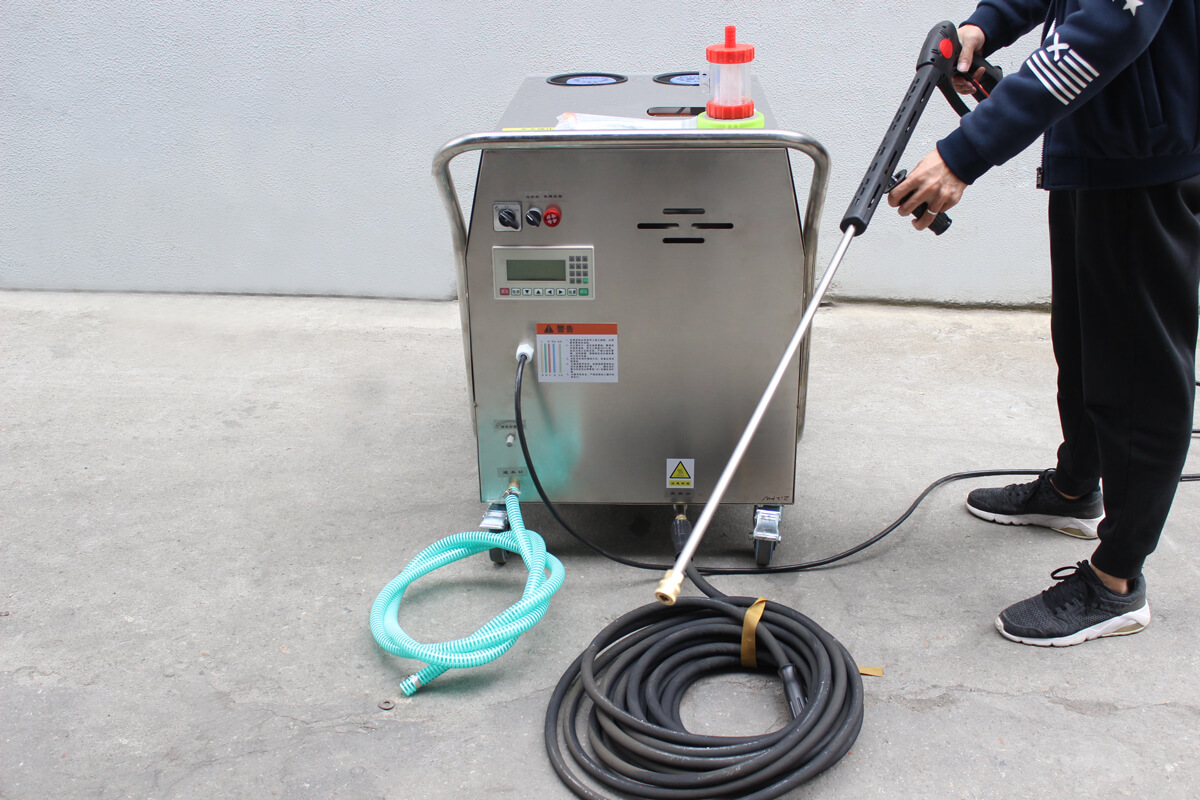
Precautions for the use of hot water pressure washer
Before starting the machine, be sure to check the pump and engine oil levels.
Please make sure that the burner is full of water before turning on the water heating.
Take care to prevent burns.
Choose the right nozzle to avoid damage to the items you clean by water pressure
Do not operate gasoline and diesel pressure washers in enclosed spaces.
Use only suitable fuel types recommended by the manufacturer, and ensure that only clean fuels are used.
Maintenance skills of hot water pressure washer
Although BISON hot water pressure washer is manufactured with the highest quality components, you can extend its working time if it is properly maintained. The following are our main maintenance tips:
The pump oil is changed approximately every 250 hours of work or every three months.
Every month, check the air filter to make sure it is not too dirty and dusty, and clogged.
Replace the fuel filter every three to six months.
If you plan to store the pressure washer for several weeks or longer, drain the water and detergent.
Troubleshooting of hot water high-pressure cleaner
The hot water high-pressure cleaner must possess three important functions in order to operate normally.
The right amount of air is needed to meet the oxygen required for proper combustion. All BISON hot water high-pressure cleaners have passed this test before shipment. To determine whether your cleaner is getting the right amount of air, check for white smoke when the burner is ignited. Slight white smoke is normal.
The problem with your high-pressure cleaner may be caused by hot water high-pressure cleaner components, which are easy to replace.
First, make sure that the device has a pilot flame. If it is, the next thing to check is whether the ignition control box sees the flame correctly by checking the MV terminal on the hot water high-pressure cleaner. Each HEG device has an ignition control box, which is powered by 24V AC at the moment when the high-pressure cleaner motor starts.
The ignition control box is installed on the left side of the water pump under the black metal cover. When the device is activated, the ignition control device will generate a spark and open the pilot solenoid valve on the gas valve to ignite the pilot flame. Once the ignition control box senses the pilot flame, it will output 24V AC through the MV terminal. To check correctly, use a voltmeter and place the black wire on the TR ground terminal and the red wire on the TH terminal.
So why is it so important to check the MV terminal?
Because if there is no 24V AC output through the MV terminal, the other parts of the burner circuit will not work. The AC power supply will power the main valve on the gas valve and is used to ignite the burner ring. Regardless of the options included, all HEG units have the same power circuit flow. Therefore, if there is no power output through the MV terminal, the sensing circuit on the machine is not satisfactory. Make sure to check this terminal in the first step of troubleshooting to reduce the variables to the pilot flame, the sensing rod and wires, or the ignition control box itself. In isolation, the grounding of the equipment can affect the sensing circuit, so keep this in mind when handling these equipment.
Excessive white smoke is abnormal, indicating that there is too much air during combustion. Insufficient air will produce black smoke. If black smoke appears, do not operate the hot water high-pressure cleaner. The black smoke not only stains the water coil, but also causes the temperature of the trigger gun to drop.
Broken or loose fan belts can affect airflow, as well as fuel delivery and sparks. The belt should be checked first to make sure it is working properly. To access the fan belt, remove the inspection plate just above the fuel tank on the back of the machine. You can also check the belt by looking directly at the inside of the machine under the water pump. If the belt is in place and working properly, the lever may need to be adjusted. The control lever adjusts the amount of air delivered, which determines the quality of combustion. If you need to adjust the airflow direction, please contact a qualified BISON service center or BISON technical service department for help.
Ignition sparks are distributed by two electrodes in the combustion chamber of the hot water boiler. These electrodes receive voltage from the ignition coil, which is part of BISON's patented EMF system. The main problems that may affect proper ignition are incorrect electrode gaps and electrode cracks. If these parts are working properly and you still have no sparks, it may be the result of damage to the EMF ignition coil. Contact a qualified BISON service center for further assistance.
The fuel is atomized and injected into the combustion chamber through the nozzle. The main cause of improper fuel delivery may be a clogged nozzle or a clogged fuel filter. If replacing these hot water high-pressure cleaner parts does not solve the problem, there may be a problem with your fuel pump. Contact BISON for assistance with fuel pumps.

